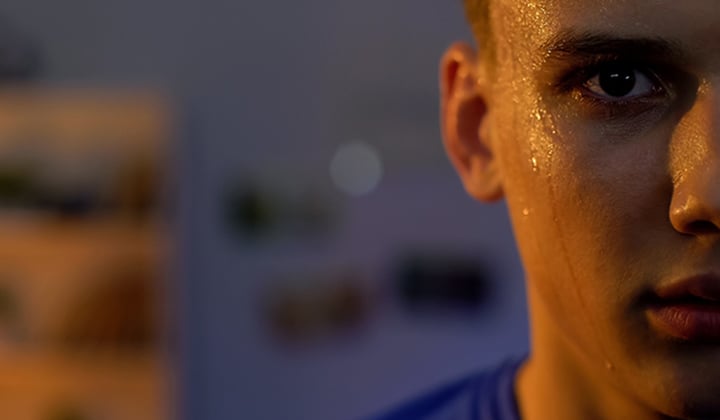Preventing heat-related illness for student-athletes

Preparing for the return of school sports can get any student-athlete excited, but during these hot summer months as the temperatures continue to rise, it’s important to be aware of heat-related illnesses. You don’t have to just be a football player doing 2-a-day outdoor workouts to be affected by heat stroke and heat-related illnesses. Anyone can be at risk. Here are some steps to help keep your student-athlete safe from the heat.
The dangers of heat-related illness
Warning signs of heat stroke and heat-related illness
- Feeling nauseous, or feeling like you need to throw-up
- Headache
- Weakness
- Poor concentration, unable to focus
- Flushed skin
- Lightheadedness, dizzy
- Fatigue, feeling tired easily
- Vomiting
If you develop any of these heat stroke symptoms, you must take steps to lower the body temperature and get hydrated immediately.
- Stop exercising right away and get out of the heat.
- Cool the body down by removing extra clothing or equipment.
- Sit in a tub of cold water or place wet towels or an ice pack on your neck, forehead and under your arms.
- Continue to drink fluids.
- If the condition gets worse or you do not start to feel better, seek medical attention or speak with your health care provider.
Ways to prevent heat-related illnesses
Student-athletes can follow a few steps to help ensure they are healthy and prepared for exercise outdoors.
Exercise when it’s coolest
- Avoid the midday sun by exercising before 10 a.m. or after 6 p.m., if possible. The sun is hottest midday, so try to choose a cooler time of day.
- Exercise in shady areas which have cooler temperatures and more protection from the sun.
- When exercising in high heat and humidity, rest 10 minutes for every hour. This will help the body to cool down and not overheat.
- If possible, try to get used to exercising in warmer temperatures before having a full-out practice or activity. Opting for shorter sessions at first, or lower intensity until your student-athlete is acclimated to the temperatures, then increasing.
Dress for the sun
- Avoid thick material clothing. Instead, wear lightweight and breathable clothing.
- Avoid dark-colored clothing like black, brown, dark grey.
- Change any wet clothing often.
- Wear sunscreen of SPF 30 or higher. Sunscreen is needed for all skin types to prevent a sunburn. A sunburn can make it harder for your body to cool itself. Apply the sunscreen 30 minutes before going outside and reapply it every 2 hours.
Keep hydrated
- Do not start exercise and physical activity dehydrated. Drink water every day and maintain a healthy hydration level to help prepare for the next activity.
- Send water or a refillable water bottle with your student-athlete to practice so they may stay hydrated.
- A recovery drink, like chocolate milk, may be needed within 30 minutes of a tough exercise. Chocolate milk is a great choice of drink post-workout with excellent ration of fats and sugars.
When exercising outside, take note of the symptoms of heat-related illnesses and know how to recognize them. During a workout, it can be easy to mistake the signs of heat stroke for a tough exercise, so it is important to be on the lookout for them. If you suspect a case of heat stroke or any kind of heat illness, get to a cool place as soon as possible and call 9-1-1.

